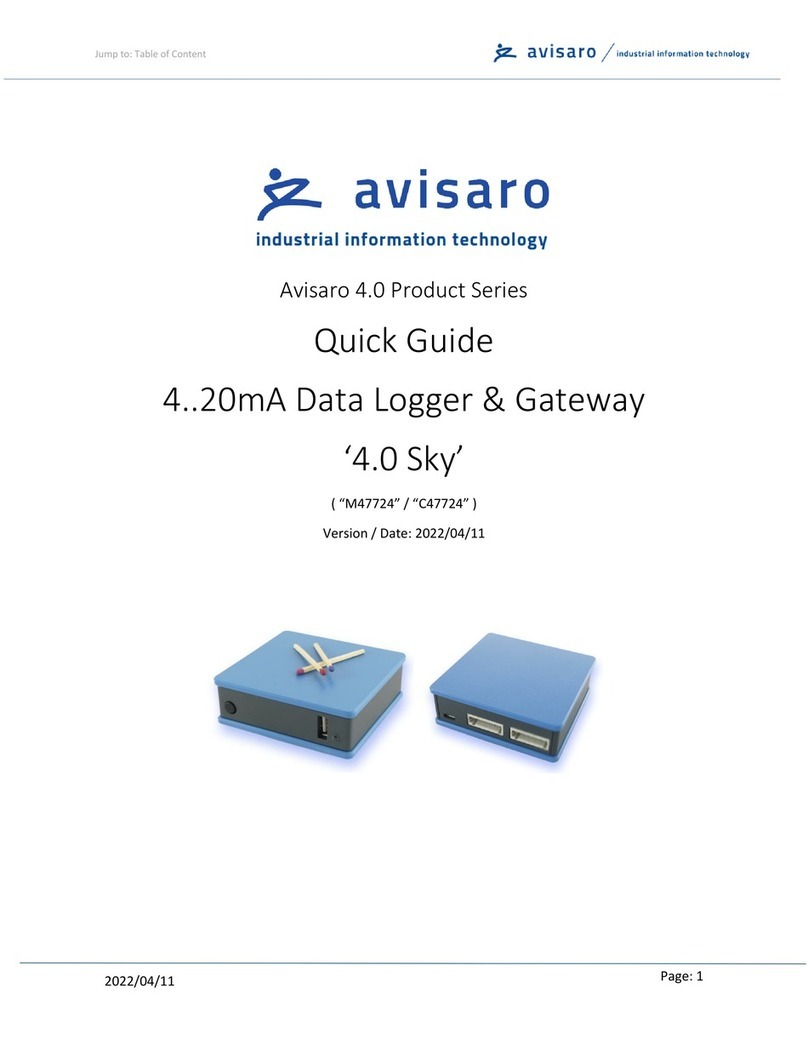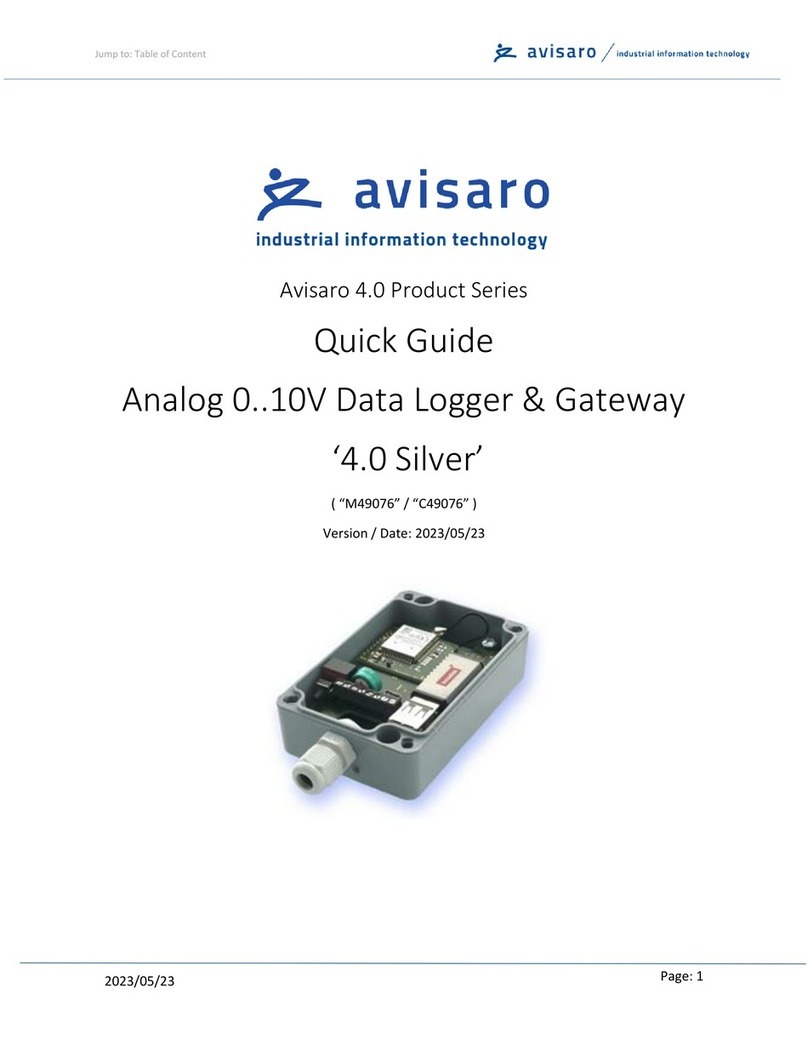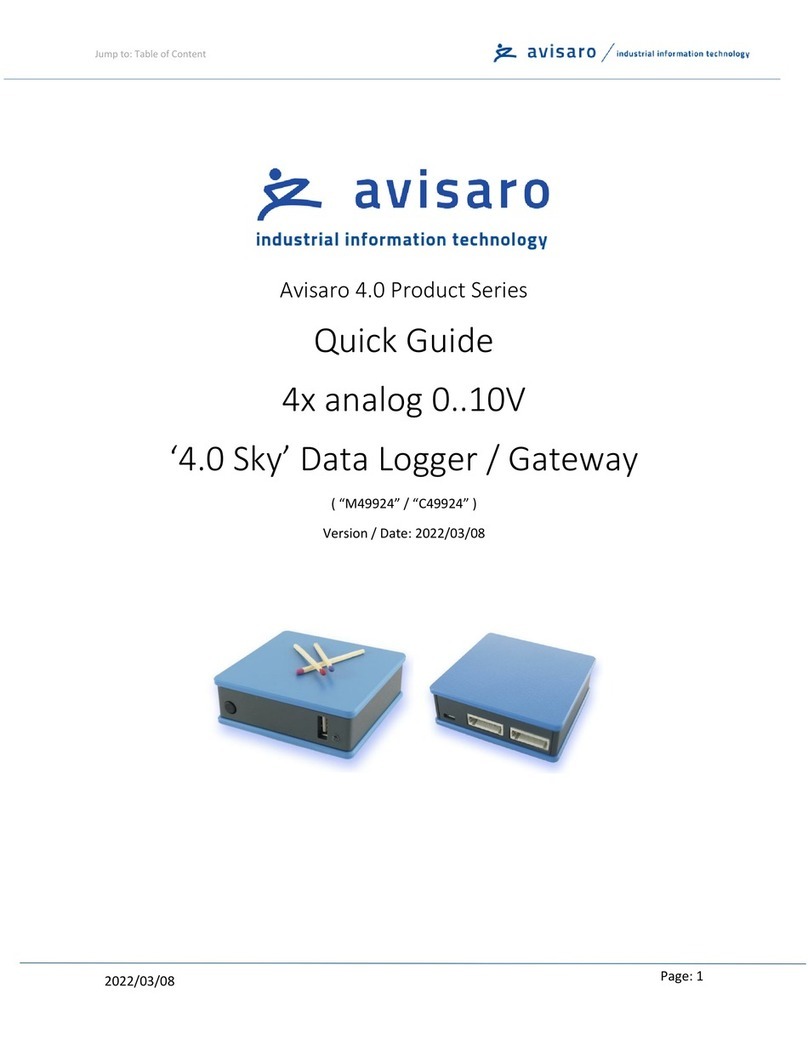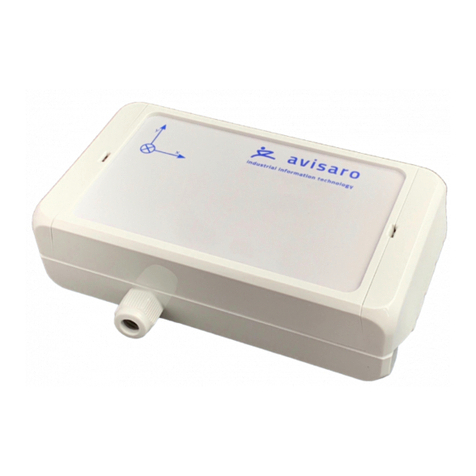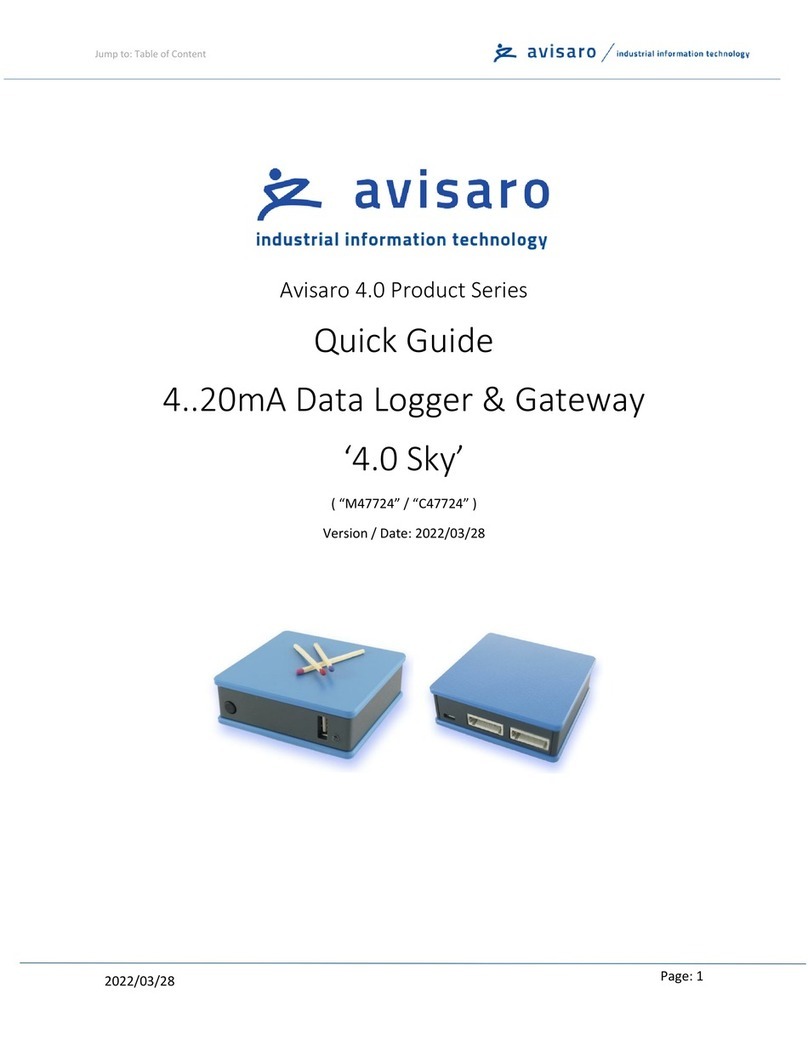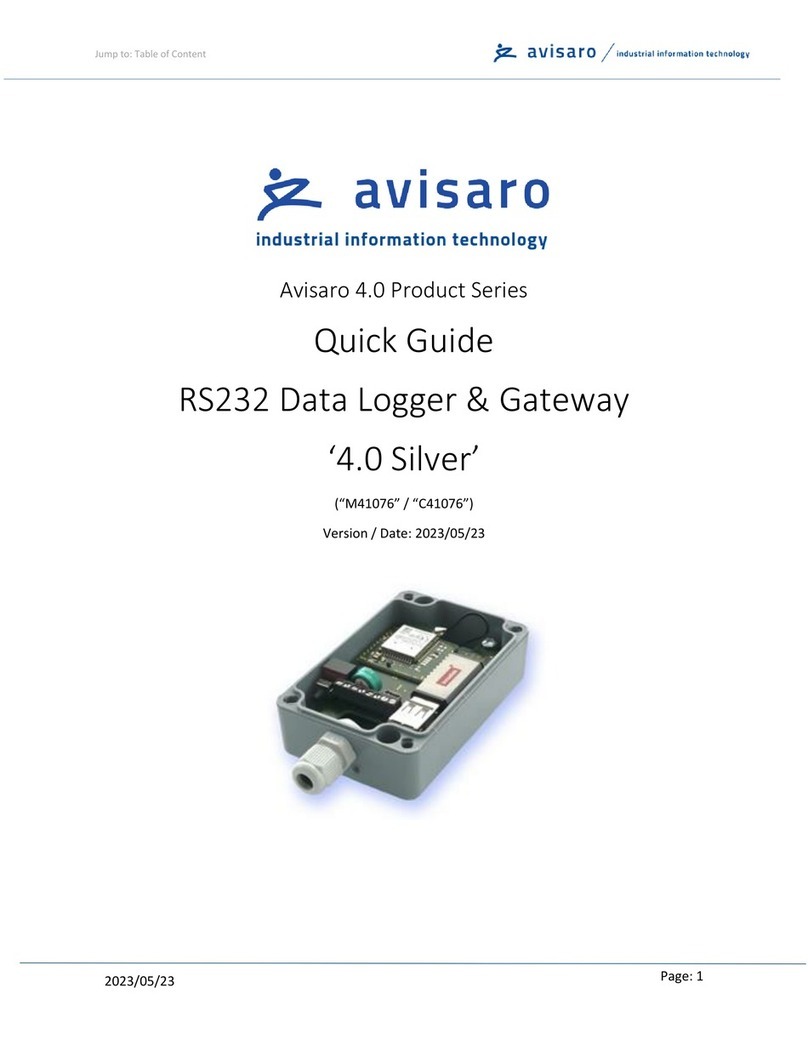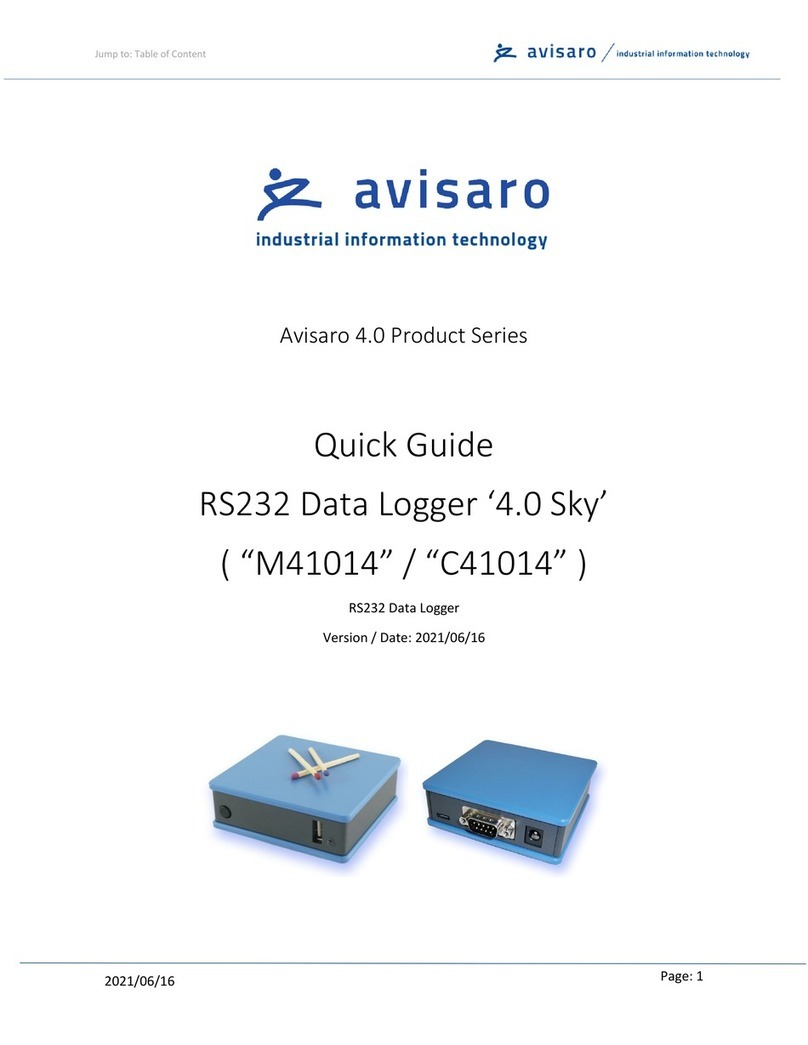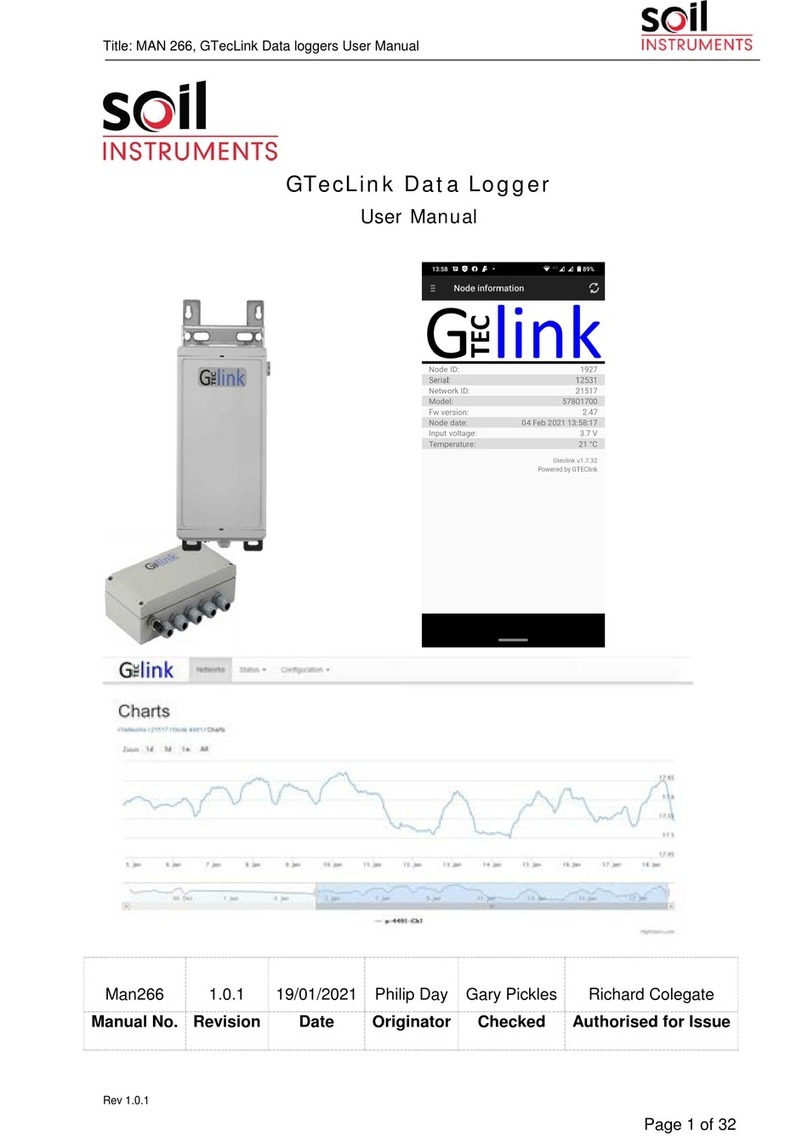11.14. Data Endpoints ⇨ Cloud Settings 36
11.15. Backup and Recover Configuration 37
12. Interface description and Pin Layout 38
12.1. Power (Barrel) 38
12.2. RS232 Interface 38
12.2.1. Default RS232 settings 38
12.2.2. Signal levels 38
12.2.3. D-Sub Connector 38
12.2.4. 2x RS232 Interface (“M41124” / “C41124”) 39
12.2.5. 1x RS232 “SILVER” ( “M41076”, “C41076” ) 40
12.3. RS485 Bus Interface 41
12.3.1. WAGO Connector 41
12.3.2. 1x RS485 “SILVER” ( “M42076”, “C42076” ) 41
12.4. CAN Bus Interface 42
12.4.1. CAN configuration and default settings 42
12.4.2. Signal Levels 42
12.4.3. D-Sub Connector (“M43014”, “C43014”) 42
12.4.4. WAGO Connector (“M43324” / “C43324”) 43
12.4.5. Screw type connector (“M43076”, “C43076”) 44
12.5. Analog Current loop (4..20 mA) Interface 45
12.5.1. WAGO Connector 45
12.5.2. Screw type connector 46
12.5.3. Electrical Characteristics 46
12.5.4. Recommended settings 47
12.6. Analog 10V Interface 48
12.6.1. Electrical Characteristics 48
12.7. Analog Resistive Sensor Input 49
12.7.1. 4x Analog Board Interface (“M4AB24”) 49
12.8. Analog 2V Interface 50
12.8.1. Electrical Characteristics 50
13. Internal and external options 51
13.1. Internal GPS receiver 51
13.2. Internal & external UMTS modem 52
Navigate to TOC Page: 4
